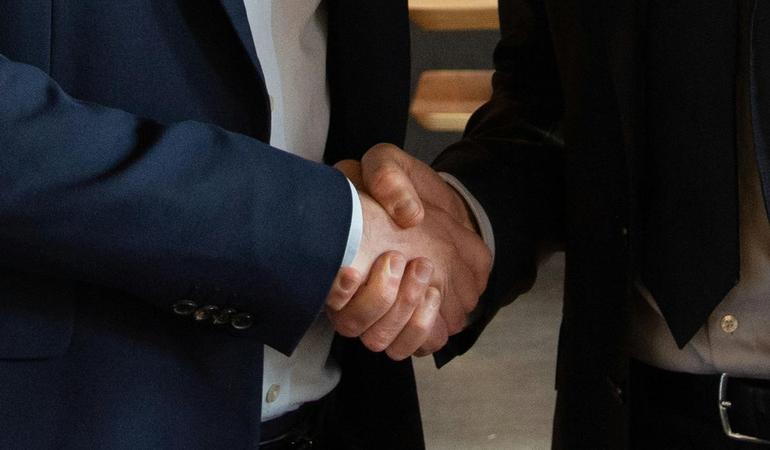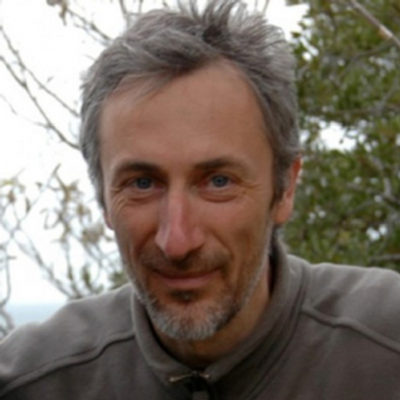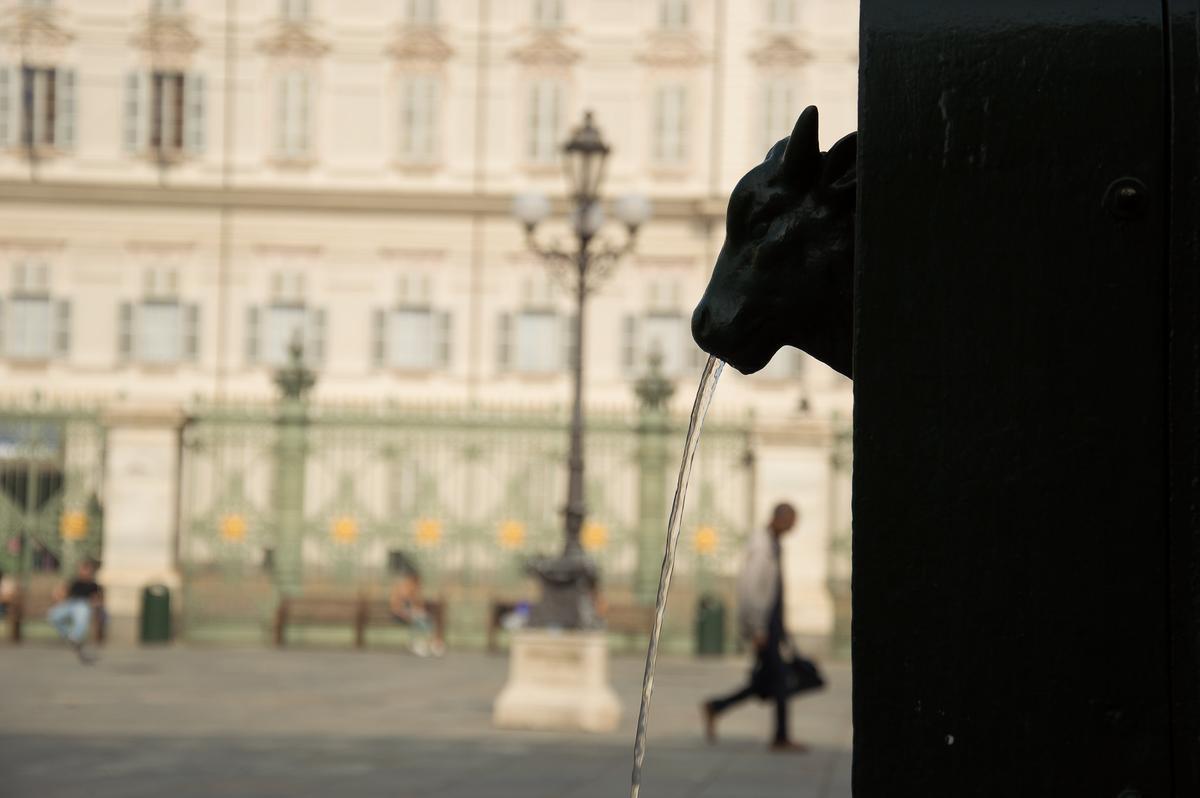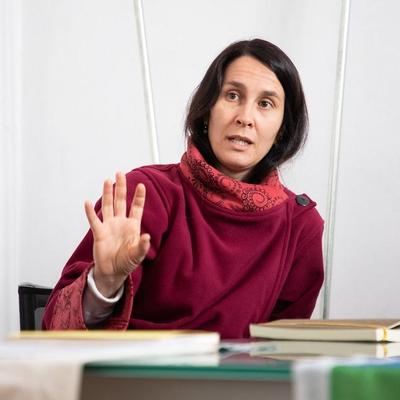
Corruzione legalizzata: massimizzare i profitti, minimizzando il rischio penale



22 febbraio 2024
PFAS — compounds toxic to humans and the environment — have polluted the waters of Piedmont, and not only those around Spinetta Marengo, the Alessandria district where the multinational Solvay Solexis, which produces these substances, has its headquarters. This is the conclusion of a new report by Greenpeace Italy, which denounces the presence of perfluoroalkyl substances in drinking water in Piedmont.
While in the province of Alessandria there are high concentrations of PFOA (considered carcinogenic by the International Agency for Research on Cancer, IARC, and whose production has been banned for 10 years), in the metropolitan area of Turin there are traces of the compound cC6O4, produced in Italy "exclusively" by Solvay Solexis, which recently changed its name to Syensqo.
According to data collected by Greenpace, 125,000 Piedmontese drank carcinogenic substances over a long period of time without knowing that they were carcinogenic. "It was thought that PFAS pollution in Italy only affected the Veneto or Alessandria regions," says Giuseppe Ungherese, Greenpeace Italy's pollution campaigner, "areas where there were or still are industrial plants producing these dangerous molecules. Unfortunately, however, PFAS pollution is much more widespread. In recent months we have shown that the problem also affects many areas of Lombardy. Today we are forced to denounce that even in Piedmont there are other areas where the problem is significant, affecting tens of thousands of people.
Greenpeace Italy has asked all the managers of Piedmont's drinking water networks and the health authorities (ASL) for access to the results of analyses carried out to detect PFAS in drinking water, but out of 43 requests for access, only 10 have been granted, less than a third. The problem is that, despite the scientific evidence, there are still no national limits for these substances, which have been considered dangerous since 2001. Most managers and local health authorities have never looked for the compounds in drinking water, even though Piedmont is home to Italy's only producer, Solvay Solexis.
An IARC study confirms that PFOAs are carcinogenic and toxic
“From our studies we believe that the most likely source of PFOA emissions into the river is your industry, we urge you to investigate.”Michael MacLachlan - Professor
The data presented come mainly from two provinces: Alessandria and Turin. In Spinetta Marengo, Solvay Solexis has been discharging the effluent from its industrial collector into the Bormida river, a tributary of Italy's largest river, the Po, since acquiring the chemical centre in 2002. Solvay Solexis had already been warned in 2007 that its industrial effluent was releasing PFAS and damaging the environment. The alarm had been raised by the European Union, which, through the Perforce project, had identified the Po as the river with the highest level of PFAS pollution in Europe.
In March 2007, Professor Michael MacLachlan wrote an email to the company: “From our studies we believe that the most likely source of PFOA emissions into the river is your industry, we urge you to investigate.” Solvay Solexis replied that other industries were discharging into the River Po and that there were no limits on these substances. Since then, we have had to wait until 2021 to have parameters on discharge levels in Piedmont, despite the fact that Arpa Piemonte (the regional authority on the environmental protection) started monitoring these compounds in 2008, together with the National Research Council (CNR), the body that discovered the largest PFAS contamination in Veneto in 2013.
Thanks to the cooperation of the local health authority in Alessandria, Greenpeace was able to re-establish the monitoring of drinking water in Alessandria. If the chemical plant has had no impact in the area close to the production site, this is due to the replacement of pipes, with PFOA pollution, which, however, has not spared several municipalities along the Scrivia river: Alzano Scrivia, Castelnuovo Scrivia, Molino dei Torti, Guazzora and Tortona have, since 2019, recorded a PFOA presence above the limit of 100 nanograms per litre set by the Istituto Superiore di Sanità (ISS).
It is a pity that none of these municipalities has been contacted by the Arpa laboratory, which carried out the analyses, or by ASL, which owns the data. The case of Montecastello, which was informed of the presence of cC6O4 in the drinking water network in June 2020, is different. The municipality was contacted by ARPA and ASL, and two days later it was decided to close the main well. Greenpeace asks: how is it that in these five municipalities on the Scrivia, ASL waited until 7 August 2023 (from November 2019) to change the supply point, seven days after the NGO's request for data?
The Greenpeace report, which can also be consulted via a map with yellow and green dots indicating the monitoring carried out over the years, also highlights another critical point. The water network manager for the province of Turin, the Società metropolitana acque Torino (SMAT), provided the data obtained in 2023 (following research begun five years earlier), and its analysis shows that 14 municipalities tested positive for the compound cC6O4.
From the analyses provided by SMAT, it is possible to draw a kind of map that goes from Bardonecchia to Ivrea, crossing the mountains, with values that reach 66 nanograms in Cintano, near the town of Ivrea. As in the case of the five towns in the province of Alessandria, where there was a lack of communication from the authorities, no document sent by SMAT to the contaminated centres has been delivered to Greenpeace for these 14 municipalities.
Three weeks after the NGO's request, the entry “PFAS sum” appeared on the SMAT website dedicated to the analysis of compounds monitored in drinking water. According to Greenpeace, this is an anomaly, as the operator has been producing data on PFAS since 2018, the year in which it involved the chemistry department of the University of Turin in the search for these emerging pollutants, which were then found in several municipalities. The province of Turin is already aware of cC6O4, after ARPA Piemonte found traces of the compound in the leachate of the Barricalla landfill in the municipality of Collegno, tens of kilometres from the production centre of the multinational Solvay Solexis, which has always denied selling PFAS to research centres and universities.
Contrary to the dossier on drinking water in Lombardy, published in May 2002 with data supplied by the bodies involved, in Piedmont Greenpeace has received negative replies from almost all the managers. There are two reasons for this: on the one hand, the entry into force of the limits for PFAS in water is not expected until January 2026 and, on the other, the decision taken in 2019 to monitor only the Alessandria area. In the 2019 health monitoring programme (Prisa), the region includes an appendix from ARPA Nord Ovest (Turin), which recommends that only the area affected by the actual contamination, where Solvay Solexis is located, be monitored for PFAS. With this document, the administrations and local health authorities have avoided testing for carcinogenic compounds in Piedmont's drinking water for years. Greenpeace carried out its own sampling in July 2023, which, although partial and very limited, indicated the presence of PFOS in the municipality of Galliate, in the province of Novara.
La tua donazione ci servirà a mantenere il sito accessibile a tutti
La tua donazione ci servirà a mantenere il sito accessibile a tutti

